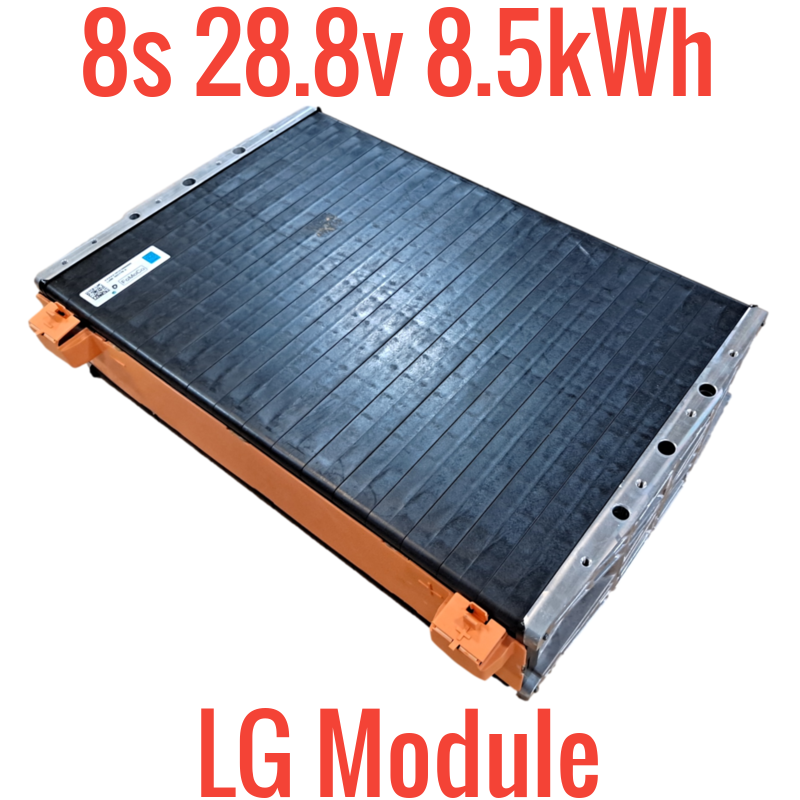I have not used it yet, although I believe it is possible... but I'd ask SA to confirm the "ONLY" part.I have a question about sol-ark grid sell for people who have used it. In the next couple years I'll build a larger array and get a net metering agreement. The behavior I'd want would be as follows: no pulling power from grid between 6am and 10pm (ToU) unless the battery is dead and solar is not sufficient, ONLY sell back to grid once the batteries are fully charged. Is this possible?
I find the main "grid param" setup menu page on the SA inverter(s) that controls grid setup protocols to initially be a little confusing. Maybe it becomes more intuitive after some use and familiarity with their terminologies and menu, but I don't find it to be super intuitive upon first review. To complicate things, I had watched a couple of (older) videos on the grid setup (from both Deye, SA, and SS) in the past, and it appears they've changed it a little over time, so even historic YT videos on this topic can possibly be inaccurate or misleading due to updates. With that said, I was only viewing at the time out of curiosity to see how flexible the system was, not knowing I'd be using these settings and features in the future.
Last edited:




